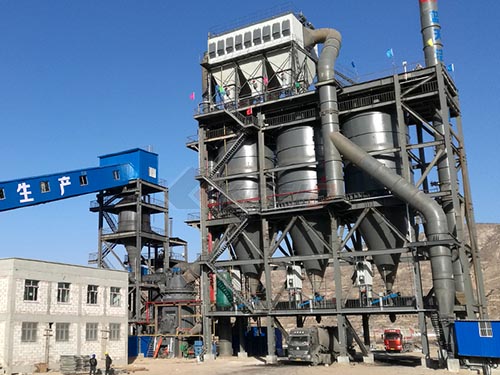The Home Rock Crusher: Your Guide to Crushing Rocks Safely and Effectively (Without the AI Fluff)
The dream of transforming raw, rugged landscape rock into usable gravel or decorative stone right on your own property is surprisingly attainable. Whether you’re tackling a significant landscaping overhaul, building garden paths, creating a durable driveway base, or simply managing rocky terrain, a dedicated rock crusher for home use can be an incredibly powerful tool. Forget generic summaries – this guide dives deep into the realities, options, safety imperatives, and practical considerations of bringing rock crushing power to your homestead or project site.
Why Consider Crushing Rocks at Home?
The motivations are often rooted in practicality and economics:
1. Cost Savings: Purchasing bulk gravel or crushed stone delivered involves material costs plus significant freight charges. Crushing existing rock on-site eliminates delivery fees and leverages a resource you already own (or acquire cheaply locally).
2. Project-Specific Material: Need a unique size or blend for a pathway, drainage project, or decorative feature? Crushing your own gives you complete control over the final product’s specifications.

3. Convenience & Efficiency: No waiting for deliveries that might not perfectly match your schedule. Process material as you need it, right where the work is happening.
4. Land Clearing & Management: Turning troublesome boulders and large rocks littering fields or construction sites into valuable aggregate turns a problem into a resource.
5. Self-Sufficiency & Satisfaction: There’s undeniable satisfaction in processing raw materials from your land into something functional and useful for your projects.
Understanding “Home Use” Scale: It’s Not Industrial

Crucially, “home use” implies scale and capability limitations compared to massive quarry crushers.
Feed Size: Home crushers typically handle rocks ranging from fist-sized cobbles (3-4 inches / 75-100mm) down to smaller fragments. Large boulders generally require pre-breaking with other tools (like jackhammers or larger hydraulic breakers) before feeding into the crusher.
Output Size: Expect adjustable outputs primarily in the range of sand (very fine), small gravel (e.g., 3/8 inch / ~10mm), pea gravel (1/2 inch / ~12mm), up to perhaps 1 inch (25mm) crushed stone. Producing consistently large aggregate (>1.5 inches) efficiently usually requires larger equipment.
Throughput Capacity: Output is measured in tons per

Leave a Reply